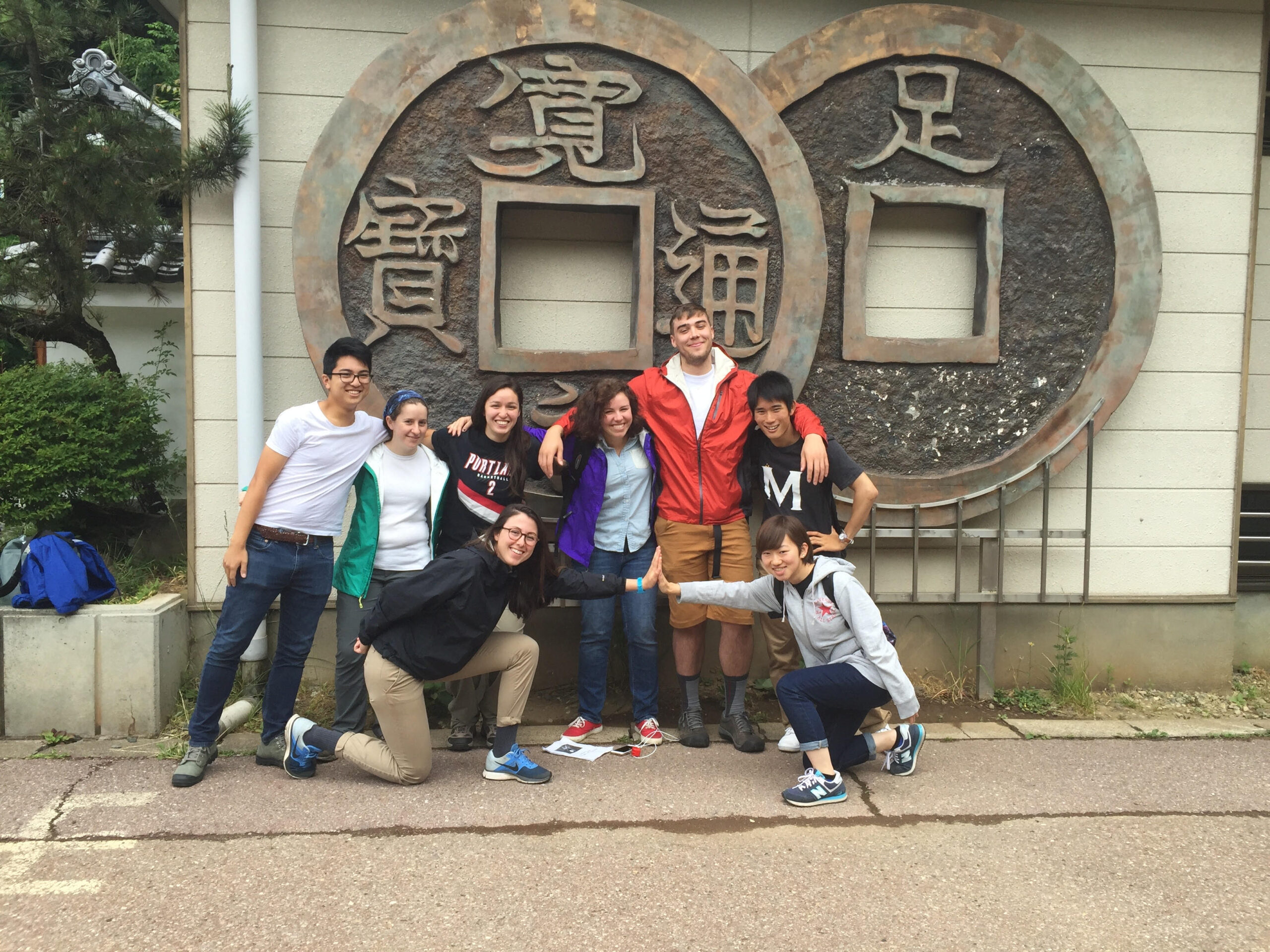Over the course of its life, from 2011 to 2017, the Asia Program’s Luce Initiative on Asian Studies and the Environment (LIASE) awarded nearly $11 million in grants to liberal arts colleges in support of innovative approaches to Asian studies teaching and research, through the lens of the environment and sustainable development.
Ten years after the Initiative’s approval by the Luce Foundation’s Directors, the ASIANetwork Exchange is dedicating three issues of its publication to exploring the impact of LIASE-supported programs. The first issue features five faculty reflections around the topic of pedagogy.
From Professor Char Miller, Pomona College
“How best to integrate Asian and Environmental Studies on liberal arts campuses across the United States, and to do so across disciplines and cultures?” This were was one of the inter-related questions in 2010 that led the Henry Luce Foundation to underwrite the Luce Initiative on Asian Studies and the Environment. Now (a decade later) seems to be the perfect time to begin to assess the varied impacts of this program.
There is no one better situated to assess LIASE than the participating faculty who developed new courses or revised old ones, devised public events on and off campus, and, in close collaboration with host institutions in Asia, conducted life-changing field trips with their students. Happily, when I approached editors Marsha Smith and Hong Zhang with the idea of a special issue of ANE devoted to LIASE-funded programming, they jumped at the opportunity. Little did we realize how many colleagues were ready to take up the challenge! In all, we received more than two dozen responses to the initial call for papers. In the end, 14 articles were reviewed and accepted, a large enough number that Professors Smith and Zhang took the unusual step of committing to publish three special issues of ANE to accommodate this embarrassment of riches. Although the special issues are structured around three specific rubrics—pedagogy, research, and practice—these necessarily overlap with each other, a marker of the deep interdisciplinarity of these LIASE projects.





